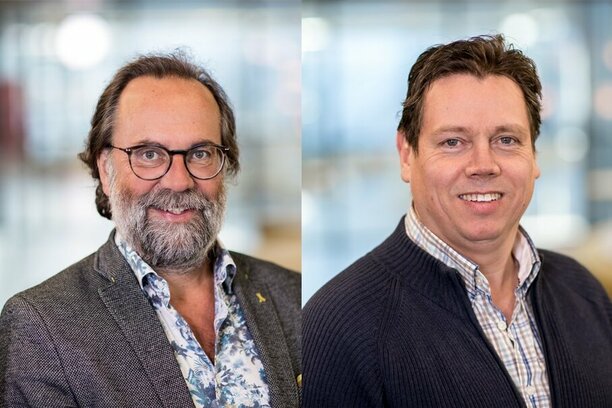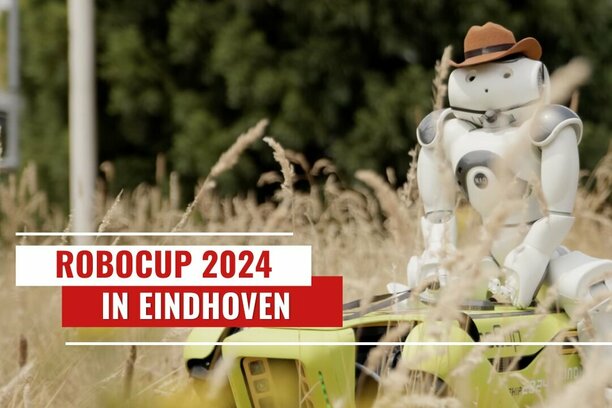Martin van den Brink’s secret is collaboration
Former ASML president Martin van den Brink will receive an honorary doctorate from the Department of Mechanical Engineering at the TU/e Research Day 2024, on June 13.

No one doubts the accomplishments of Martin van den Brink, the former CTO and president of ASML and a technological visionary. His tenacity and ability to bring together talented technical individuals from multiple companies were crucial to the success of ASML, the world-famous chip machine manufacturer from Veldhoven. For these contributions, he received an honorary doctorate from the Department of Mechanical Engineering on the TU/e Research Day. Honorary supervisor Patrick Anderson: “Martin van den Brink is an ambassador of multidisciplinary collaboration in engineering.”
Ahead of the TU/e Research Day on June 13, I spoke with Martin van den Brink, Dean of the Department of Mechanical Engineering Patrick Anderson, and University Professor of Control Systems Technology Maarten Steinbuch. These are Van den Brink’s honorary supervisors. It turned out to be a great conversation about collaboration in engineering and systems engineering and how you can achieve your goals with this.
Where did your interest in engineering begin?
Van den Brink: “When I was young, I really wanted to know how electrical appliances work and are made, so I would take them apart at home and put them back together again. That didn’t always work out well, but it was instructive.”
This drive for knowledge remained the common thread throughout his career. “When I had just started at Philips, I saw a leaflet about the wafer stepper and was immediately interested. This device was a complex integration of many different technologies. I just had to know how it was put together. That’s how I ended up at ASML; the rest is history.”
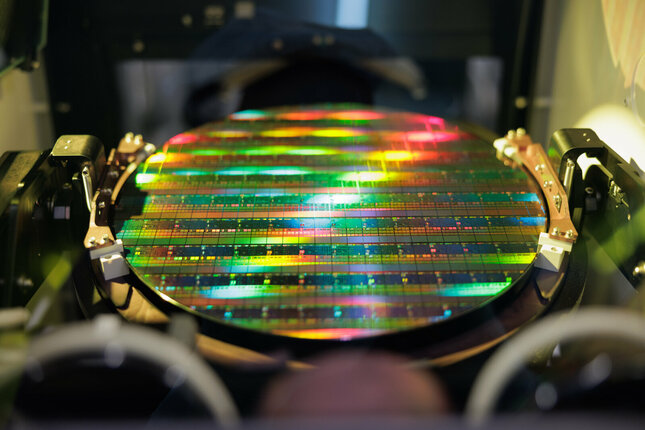
Collaboration as a basis
At chip machine manufacturer ASML, much of what has been successful in the technological field has pushed the boundaries of what is possible. This is partly due to the combined knowledge and skill of all the engineers and partly due to Van den Brink’s perseverance and forward-looking vision. How was he able to achieve this?
“I want to understand as much as possible and get involved substantively in the big problems. I don’t have to solve those problems myself, but firmly challenge various people regarding the content,” Van den Brink explains.
The greatest thing is surely when knowledge, skills, and teamwork form the basis for a new machine.
TU/e honorary doctor Martin van den Brink
“I try to get to the heart of the matter by approaching things simply and continuously asking questions. You have to separate the main issues from the side issues and only devote energy to real, substantial problems. For me, that’s where the core lies. The greatest thing is surely when knowledge, skills, and teamwork form the basis of a new machine.”
Is there a ‘secret of ASML’?
“I don’t know if there’s a secret of ASML. And success is always easy to point out afterwards. You never know if it’s going to succeed; it’s always exciting,” replies Van den Brink.
Success does not come from one person. It’s about the team and everyone on that team.
TU/e honorary doctor Martin van den Brink
“It’s also not like that success is down to one person. The team and everyone on that team is important. Every part of our machine was made by lots of different people in lots of different companies and departments. They all had to solve all kinds of problems, maybe had some sleepless nights. Staying in control, combining all the parts and finally creating a working machine – that’s the result of ultimate teamwork.”
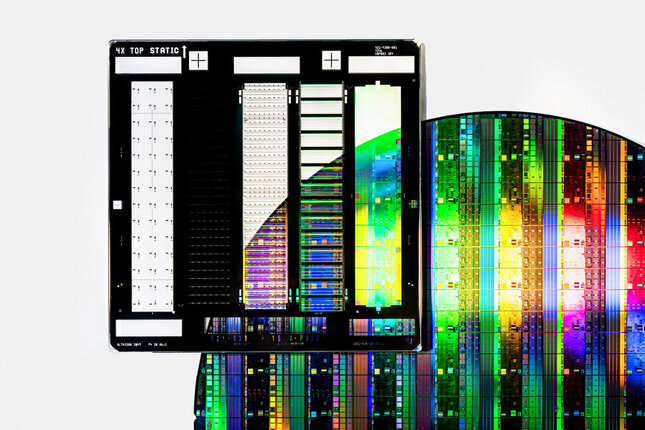
Pride in complex systems
Van den Brink is proud of several mechanical or mechatronic parts of ASML machines. At ASML, they make lithography machines for the production of computer chips, specifically wafer steppers and wafer scanners that use UV or EUV light to print circuits and patterns on silicon discs (the wafer).
Later in the manufacturing process, these wafers are cut into small pieces to separate the individual chips. A wafer, therefore, comprises a large number of chips.
“There are many complex systems in our machines that we, as a company, can be proud of. In the early days, we made a lot of progress with the dynamic simulation of the wafer stage [the table on which the silicon discs move through the machine, ed.]. We used that to optimize the control of the wafer stage and its interaction with the rest of the machine.”
“In doing so, we also introduced digital control systems so that we could more easily include the control system in the optimization as well, including specifically for the machine in question where necessary. Over the next 35 years, we were able to build on the competence we developed back then. That gave us a great advantage in improving the productivity and accuracy of our systems.”

How important is systems engineering at ASML?
Van den Brink is clear regarding the importance of systems engineering, a distinct field that focuses on collaboration across all technical disciplines to solve problems together.
“In my first major project, I was the project leader for the alignment and reticle handling of the 6" wafer PAS 2500,” Van den Brink explains. In that period, he was responsible for how the masks (reticles) containing the chip patterns moved through the machine and aligned with the already-printed layers of the chip.
“Back then, we didn’t have a formal systems engineering process or organization,” Van den Brink notes. “Yet we were already trying to work with multiple teams because of the size of the project and the time constraints.”
“We eventually managed to do this through intensive collaboration between the teams and individuals. However, it also became clear that this informal working method for the PAS 2500 had its limits and was not further scalable.”
Scalability was essential for the young ASML, which wanted to make ever larger and more complex machines. Time for a different way of collaborating.
“After this, I worked with a number of by then senior systems engineers to set up the systems engineering department and we figured out an engineering process within ASML. In the late 1980s, the market forced us to create the next stepper platform, the PAS 5500 platform that could handle 8" wafers, so we started with this compact system.”
“We secluded ourselves in another building and we specified the total system. We divided that modularly into subsystems so that we could effectively work on the individual modules with about fifteen teams in parallel. Meanwhile, the overall system integrity and the interfaces between teams were monitored through systems engineering during both the design phase and when the system was built and qualified.”
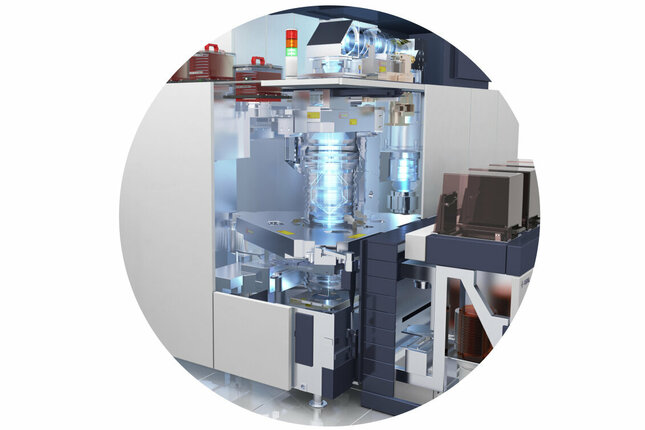
Modular work and integration becomes the norm
The development of the light source for extreme ultraviolet light (EUV) was worked on by ASML and their partners for over twenty years. Many people in both academia and the semiconductor world were convinced that they would never succeed in stably generating this light, focusing it and printing an image on a silicon disc with sufficient power.
They succeeded nonetheless thanks to the tenacity and vision of Van den Brink – by then the Chief Technical Officer within ASML – and partners such as TSMC. Those EUV machines are now being used to produce the chips for the latest smartphones.
Van den Brink highlights one crucial moment in that development. “Our modular way of working and integrating has been built up over the years. It’s been one of the keys to controlling system complexity and realization time. We’ve also profited from this approach when collaborating and co-developing with technology partners and suppliers.”
“Years later, during the realization of the EUV light source at Cymer [American supplier that was later partially acquired by ASML, ed.] in the late 2000s, it turned out that they were not familiar with this working method. This proved to be a major bottleneck in the integration of the EUV light source, a light source that was an order of magnitude more complex than our ‘old’ UV lasers.”
“Once we knew that, it served as the basis for the decision to purchase Cymer. This gave us control over the working method there and allowed us to implement our systems engineering approach at Cymer. Along with other improvements, this ultimately led to the realization of a successful EUV source. Systems engineering has thus proven to be essential to ASML.”
Advice for up-and-coming engineers
“What strikes me is that engineers graduating today are more often specialists, focused on one part of engineering or science. It has become more difficult for engineers to have a complete picture of the technology in their field. It’s also become a lot more complex, of course. And so there needs to be even more collaboration.”
“That’s why I find it so important to think in terms of system architecture. A complex system always touches on multiple disciplines and you need to understand the implications of your solution [as a mechanical engineer, ed.] in regard to other disciplines. You cannot solve any problems purely from one field.”
You cannot solve any problems purely from one field.
TU/e honorary doctor Martin van den Brink
“If you’re working on a system or want to design one, chop it up into modules or competencies and understand the interactions. And learn to lead a multidisciplinary team in which people challenge and inspire each other,” is the advice of Van den Brink.
“At the same time, it remains important to also have knowledge of detailed engineering. For example, making connections, such as welding, bolting or gluing. But other design principles too, like the prevention of slip-slick and friction in accurate positioning designs. A good systems engineer should have an overview and enough knowledge of the details to be able to optimize the whole thing.”
When you encounter problems, think in terms of solutions, never excuses.
TU/e honorary doctor Martin van den Brink
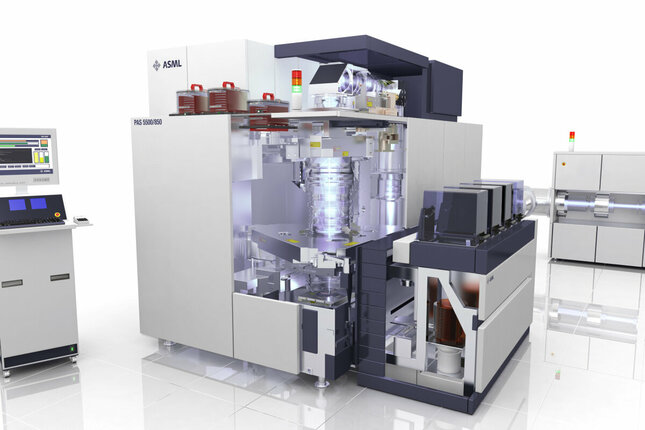
“I do notice that the computer simulations that we create to understand problems or analyze solutions to technical problems, with or without artificial intelligence [AI, ed.], are increasingly difficult to fathom.”
“If you don’t understand exactly what is happening in a simulation, it is extremely difficult to build an experiment or measurement setup. You need that to demonstrate the (in)correctness of the simulation in practice. This is necessary to ultimately solve practical problems using all the simulation and AI systems.”
“Understanding the basics principles of many different competencies – such as physics, optics, mechanics, thermal, chemistry and more – remains important and is often necessary to subsequently improve simulations and AI systems again.”
Van den Brink’s advice for budding engineers: “Always stay curious; you have to want to understand things. And when you encounter problems, think in terms of solutions, never excuses. Be creative and always persevere. Have courage, explore and make mistakes that you very quickly learn from.”
What will the future hold?
When asked what Van den Brink would like to make or research next if he had unlimited opportunities, he replies, “You’re suggesting that I would be interested in laboratory experiments. My interest is more in systems and systems integration.”
I would like to carry out a total energy transition system optimization. That seems like a useful challenge.
TU/e honorary doctor Martin van den Brink
“During my studies 40 years ago, I worked on the optimization of a district heating system. Even then, I was doing that out of a conviction that the energy transition is beneficial to society.”
“I would like to pick that up again: to carry out total energy transition system optimization, through which we can create at least double the positive environmental impact for half of the money at most. That may require a total rethinking of how the energy transition should be shaped and organized. But it strikes me as a useful and interesting challenge, yes.”
Our stories about the TU/e Research Day 2024
Latest news
![[Translate to English:] [Translate to English:]](https://assets.w3.tue.nl/w/fileadmin/_processed_/6/2/csm_universiteit%20jos%20keurentjes%20energie%202_d469fe3b2f.jpg)
![[Translate to English:] [Translate to English:]](https://assets.w3.tue.nl/w/fileadmin/_processed_/2/2/csm_Pre-EditLeviBaruch-0003_558369f155.jpg)
![[Translate to English:] [Translate to English:]](https://assets.w3.tue.nl/w/fileadmin/_processed_/7/d/csm_Boutin%20Banner%20image_165e239d2b.jpg)
